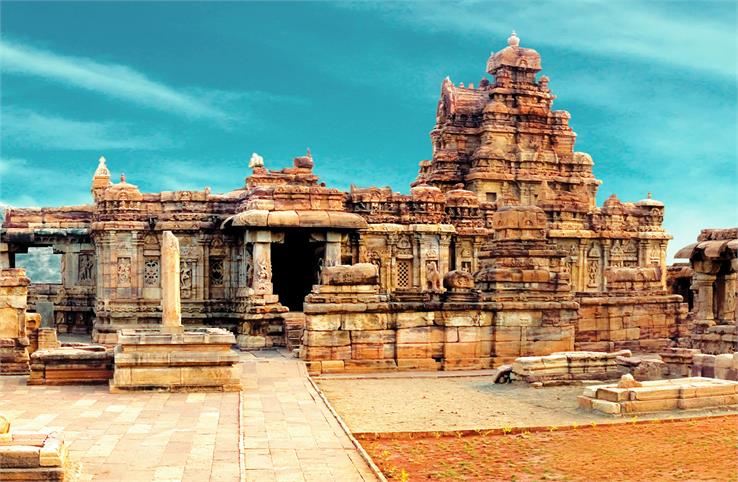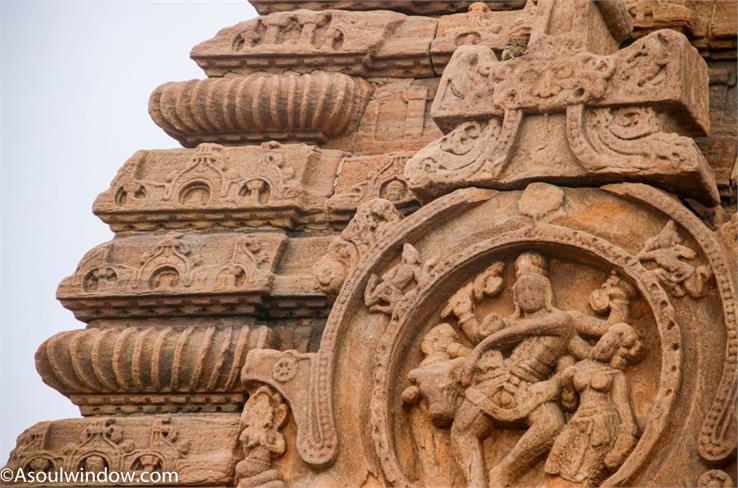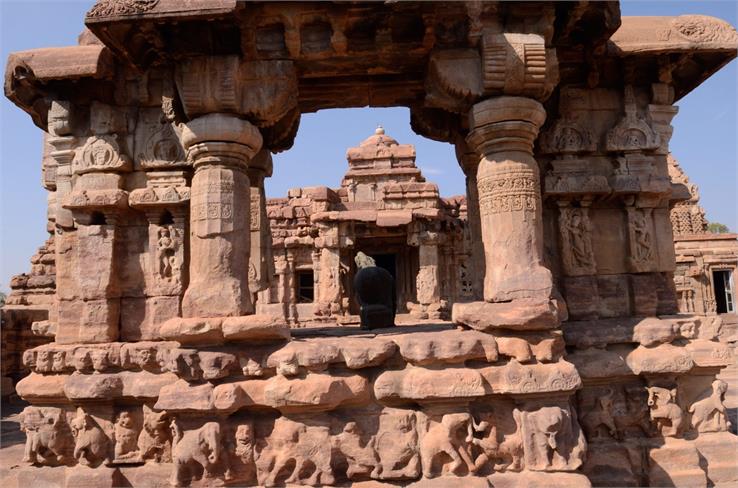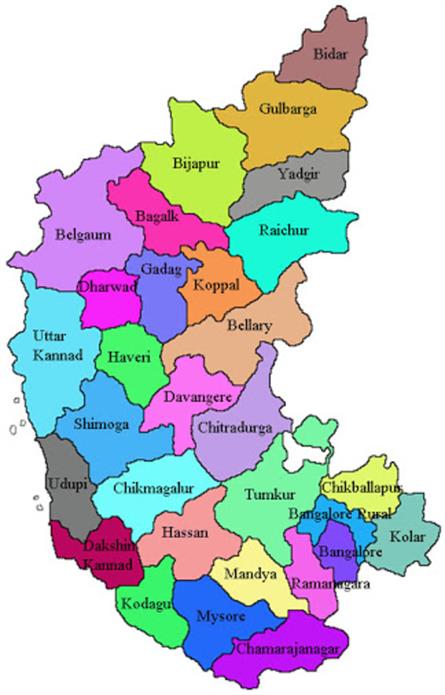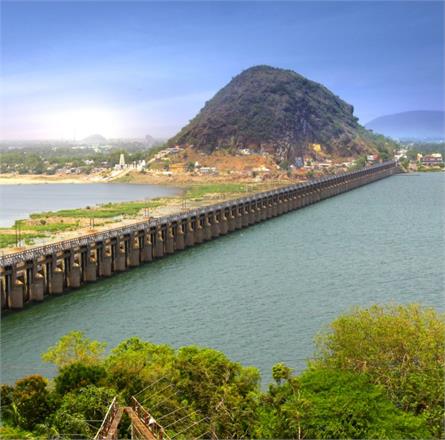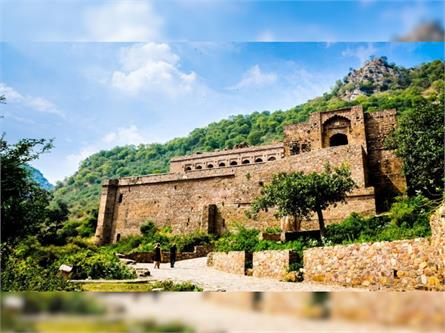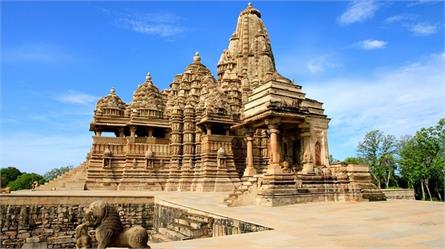Pattadakal: A Blend Of North And South Indian Art
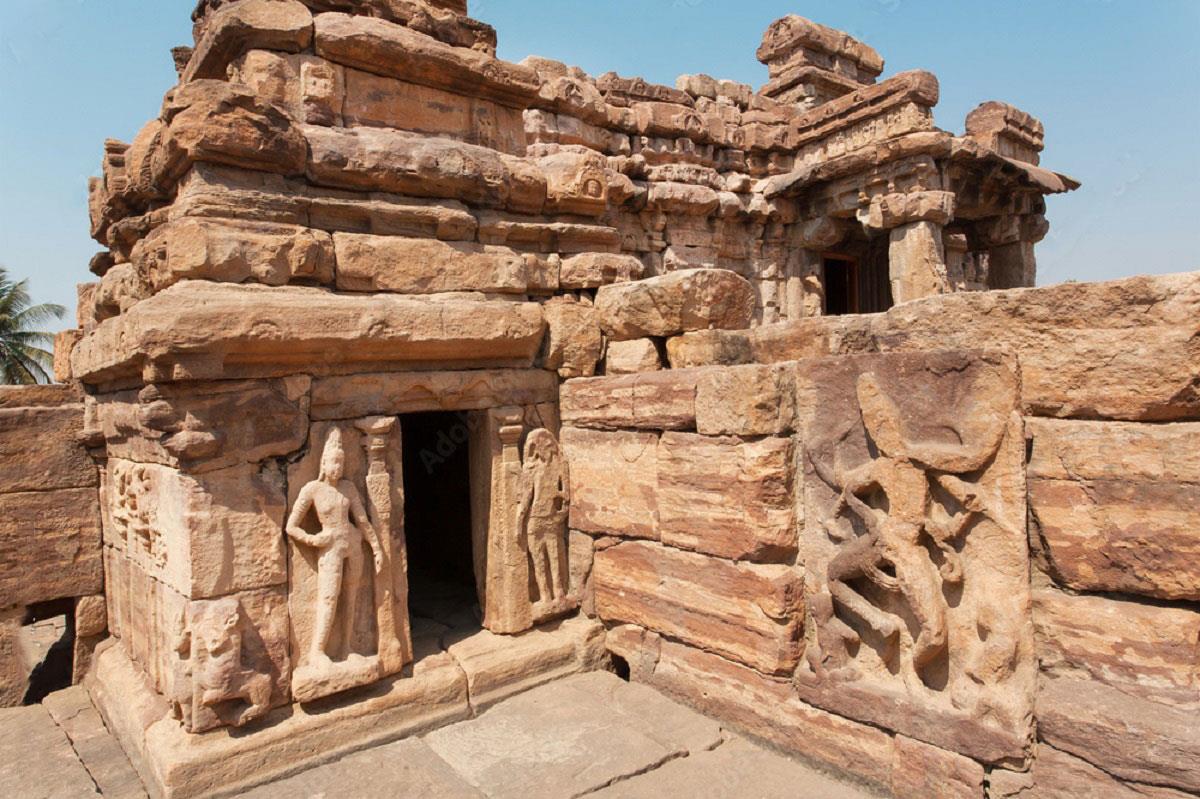
Location: Bagalkot district, North Karnataka, India
Pattadakal, in the heart of Karnataka, India, is a UNESCO World Heritage site that often escapes the spotlight, overshadowed by its more famous counterparts like Hampi or the temples of Khajuraho. Pattadakal, a small village in Karnataka, holds a treasure trove of architectural wonders that tell the story of ancient India like no other place.
Also Read: Karnataka - Home to Wildlife Adventures and Historical Places
Explore the hidden gem of Pattadakal | Historical and architectural significance | A Confluence of Styles | Unearthing the Mysteries of Pattadakal

Pattadakal, also known as Raktapura in ancient times, is a unique testament to the fusion of Indian architectural styles. The temples showcase a harmonious blend of North Indian Nagara and South Indian Dravidian architectural styles. This synthesis of architectural traditions occurred during the reign of the Chalukya dynasty in the 7th and 8th centuries, a period of cultural exchange and artistic innovation.
The temples of Pattadakal are renowned for their intricate carvings, elaborate pillars, and exquisite sculptures. They are evidence of the craftsmanship's talent and inventiveness. The Kailasanatha temple, in particular, is a prime example of this architectural marvel. It resembles the famous Kailasa temple in Ellora dedicated to Lord Shiva.
Also Read: UNESCO World Heritage Sites in India
Architectural Extravaganza
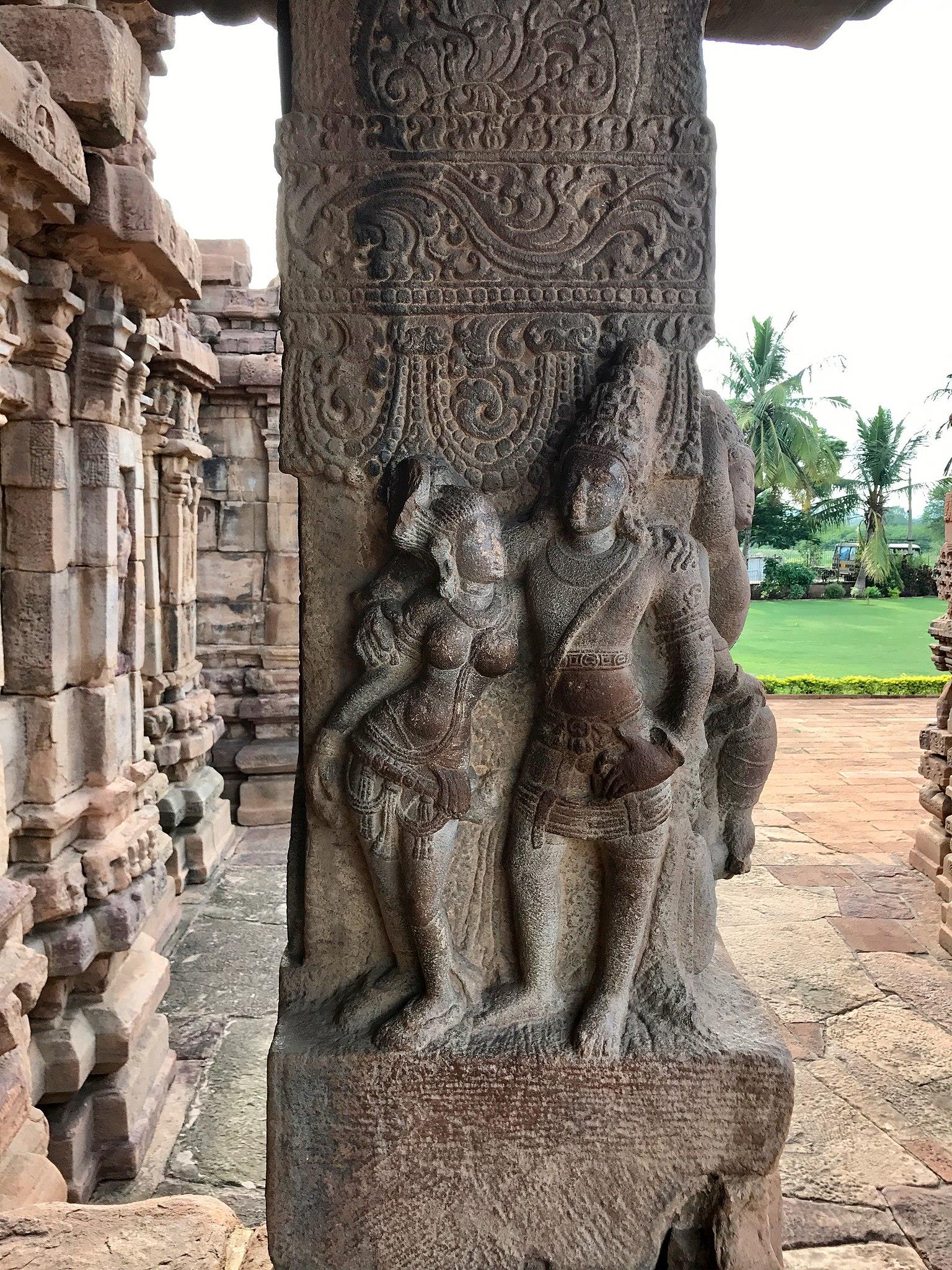
Pattadakal's unique blend of architectural styles is a result of its strategic location, nestled at the confluence of the Malaprabha River and the Arabian Sea trade routes. This geographical advantage attracted rulers from different parts of India, creating a fusion of architectural elements.
The temples of Pattadakal are marked by intricate details, from the exquisitely sculpted friezes that adorn the walls to the ornate pillars that support the structures. The Virupaksha temple, dating back to the 8th century, is an excellent example of this artistry. Visitors are greeted by a massive stone chariot and an awe-inspiring gopuram showcasing intricate carvings of gods, goddesses, and mythological beings.
Also Read: Andhra Pradesh - The Rice Bowl of India
Pattadakal-UNESCO World Heritage Site
In 1987, Pattadakal was designated as a UNESCO World Heritage Site. This recognition was a well-deserved acknowledgment of its historical and cultural significance. This accolade helped raise awareness about its hidden treasures.
The site boasts a group of ten temples, each with its unique architectural features and historical narratives. These temples served not only as places of worship but also as platforms for showcasing the artistry of the Chalukyan era.
Also Read: Churches and Convents of Goa The UNESCO Heritage
Iconic Temples
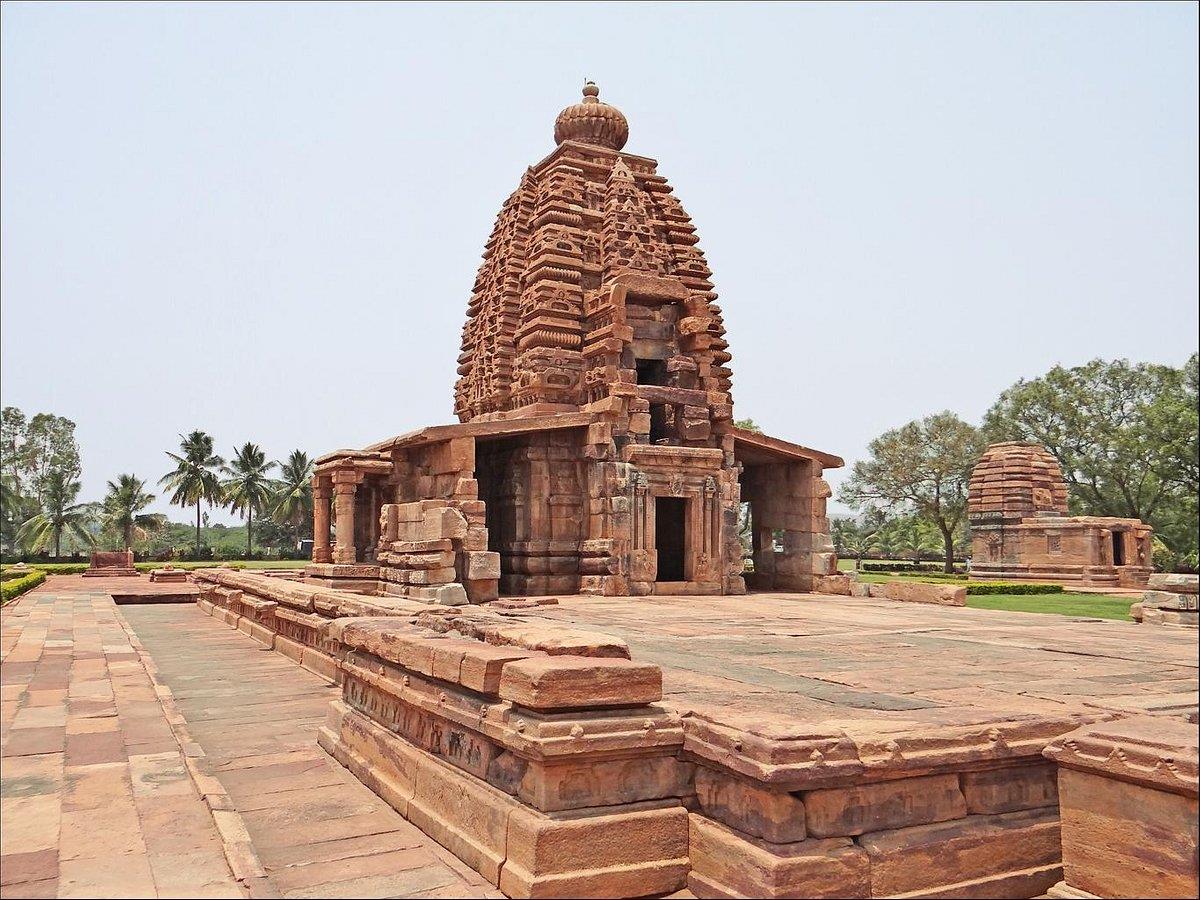
The complex is divided into four groups: Virupaksha, Mallikarjuna, Sangameshwara, and Galaganatha. Each group has its unique character, with temples dedicated to different deities and distinct architectural styles. The information about these temples is given below:
1. Virupaksha Temple
Virupaksha temple, the temple of Lord Shiva, is the main attraction. It is believed to have been inspired by the Kailasa temple in Ellora. The intricate narrative panels here narrate episodes from the Ramayana, Mahabharata, and other Hindu epics.
2. Mallikarjuna Temple
Another masterpiece, this temple is renowned for its tall, pyramidal tower and intricate carvings. It is dedicated to Lord Shiva and Parvati and showcases a profusion of mythological stories.
3. Sangameshwara Temple
This temple, situated at the confluence of Malaprabha and Agastya rivers, is a fusion of architectural styles and deities. It is a testament to Pattadakal's role as a melting pot of cultures.
4. Galaganatha Temple
This temple is known for its unique Dravidian-style shikhara (tower) and features sculptures of deities such as Vishnu and Shiva.
Also Read: Agra Fort, India's Majestic Jewel of Mughal Architecture
Beyond the Temples
Pattadakal, along with its temples, it also offers a window into its time's social and cultural life. The site contains inscriptions in different scripts and languages, including Sanskrit and Kannada, providing valuable historical information about the Chalukya dynasty's rule.
Apart from the temples, the Agastya Lake near Pattadakal adds to the site's charm. The serene waters provide a tranquil backdrop to the majestic structures and are a great spot for reflection and relaxation.
Also Read: Chhatrapati Shivaji Terminus A Glimpse into Mumbai's Architectural and Historical Marvel
Pleasant Destination
Pattadakal may receive more attention than some of India's more famous heritage sites, making it a unique destination for the discerning traveler. It allows visitors to truly immerse themselves in the history and beauty of the place.
The best time to visit Pattadakal is during October to March when the weather is pleasant for exploring the temples and the surrounding landscape. The mild climate makes exploring the temples and the lush surrounding landscape a delightful experience.
While in the vicinity, take advantage of the opportunity to explore Aihole and Badami, two other historically significant Chalukyan sites nearby. These sites provide a holistic understanding of the dynasty's architectural and cultural contributions.


